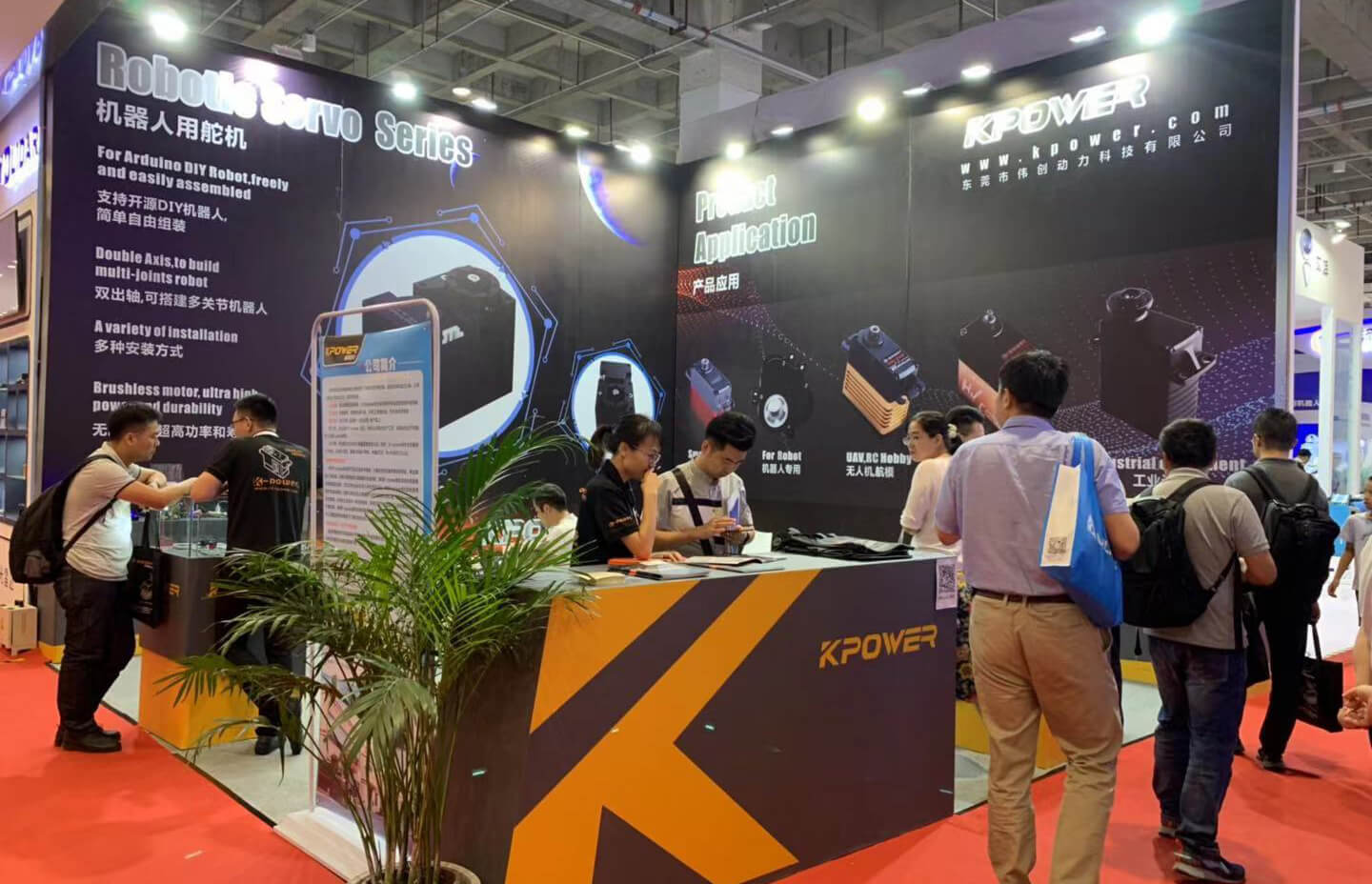Unlocking Power and Precision: The Ultimate Guide to 9V Geared DC Motors
In the realm of small-scale robotics, DIY automation, and compact machinery, there's an unsung hero quietly transforming ideas into reality—the 9V geared DC motor. These tiny yet mighty devices combine simplicity with functionality, delivering controlled motion in a package that's as convenient as it is powerful.

Understanding the Basics: What is a 9V Geared DC Motor?
A geared DC motor is a type of direct current motor that incorporates an internal gear train, usually a set of precision gears. When powered, the motor produces rotational motion, but the gear box modifies this motion—either increasing torque, reducing speed, or both—to suit specific applications. The "9V" refers to the typical voltage supply that powers such motors, making them compatible with standard batteries like nine-volt batteries, or adaptable power sources.
The core components are straightforward: a brushed DC motor and a gear train. The motor's electromagnetic principles generate rotational force (torque) when electric current flows through it. The gear system, often a planetary or spur gear arrangement, amplifies the torque while reducing RPMs, making it ideal for tasks requiring more strength at lower speeds.
Why 9V? The Compact Power Source
The choice of 9V as a standard voltage isn't accidental. These motors are designed to run efficiently on small, portable power supplies—think of the common 9V battery used in smoke alarms or small gadgets. This portability facilitates their usage in mobile robots, remote-controlled vehicles, or any battery-powered device where space and weight matter.
Advantages of Geared DC Motors in Small-scale Applications
Enhanced Torque: Gears multiply the force exerted by the motor, allowing tiny motors to handle heavier loads or overcome inertia.
Precise Speed Control: By adjusting voltage or using PWM (Pulse Width Modulation), users can finely regulate motor speed.
Compact and Lightweight: The integration of gears within a small form factor means these motors are ideal for tight spaces.
High Efficiency with Low Power: With optimized gear ratios, these motors can generate significant power without drawing excessive current.
Deep Dive into Gearing: How Do Gear Ratios Work?
The gear ratio is the ratio between the number of teeth on the gear driven by the motor and the gear driving the output shaft. For instance, a 50:1 gear ratio means the gear train reduces the rotational speed to 1/50th of the motor's output while increasing torque fiftyfold.
Depending on the application's demands, different gear ratios are chosen:
Low Gear Ratios (10:1 or 20:1): Suitable for moderate torque and speed, ideal for scenarios where a balance between movement and power is needed. High Gear Ratios (50:1, 100:1): Favor increased torque at the expense of speed—perfect for lifting, pushing, or precise positioning.
Applications and Use Cases
The versatility of 9V geared DC motors makes them staples in a variety of fields:
Robotics: From small wheeled bots to robotic arms, these motors provide reliable movement. Home Automation: Automated blinds, sliding doors, and smart devices often use geared motors for smooth operation. Educational Kits: Perfect for teaching concepts of engineering and electronics due to their simplicity. Model Making: Scale models benefit from the controlled, lifelike motions powered by these motors.
Choosing the Right Gear Motor
Your project's requirements will guide your choice:
Torque Needs: Determine the weight or resistance the motor must overcome. Speed Requirements: Decide how fast your application should move. Power Supply Compatibility: Ensure the motor's voltage and current ratings match your power source. Physical Constraints: Consider size and form factor for integration into your design.
Operational Considerations and Tips
Lubrication: Gears should be well-lubricated to reduce wear and noise. Control Methods: PWM controllers allow smooth speed adjustments. Overcurrent Protection: Avoid motor damage by incorporating current limiting circuits. Testing: Always test motors under actual operating conditions for optimal performance.
Leveraging innovations in modular drive technology, Kpower integrates high-performance motors, precision reducers, and multi-protocol control systems to provide efficient and customized smart drive system solutions.




































